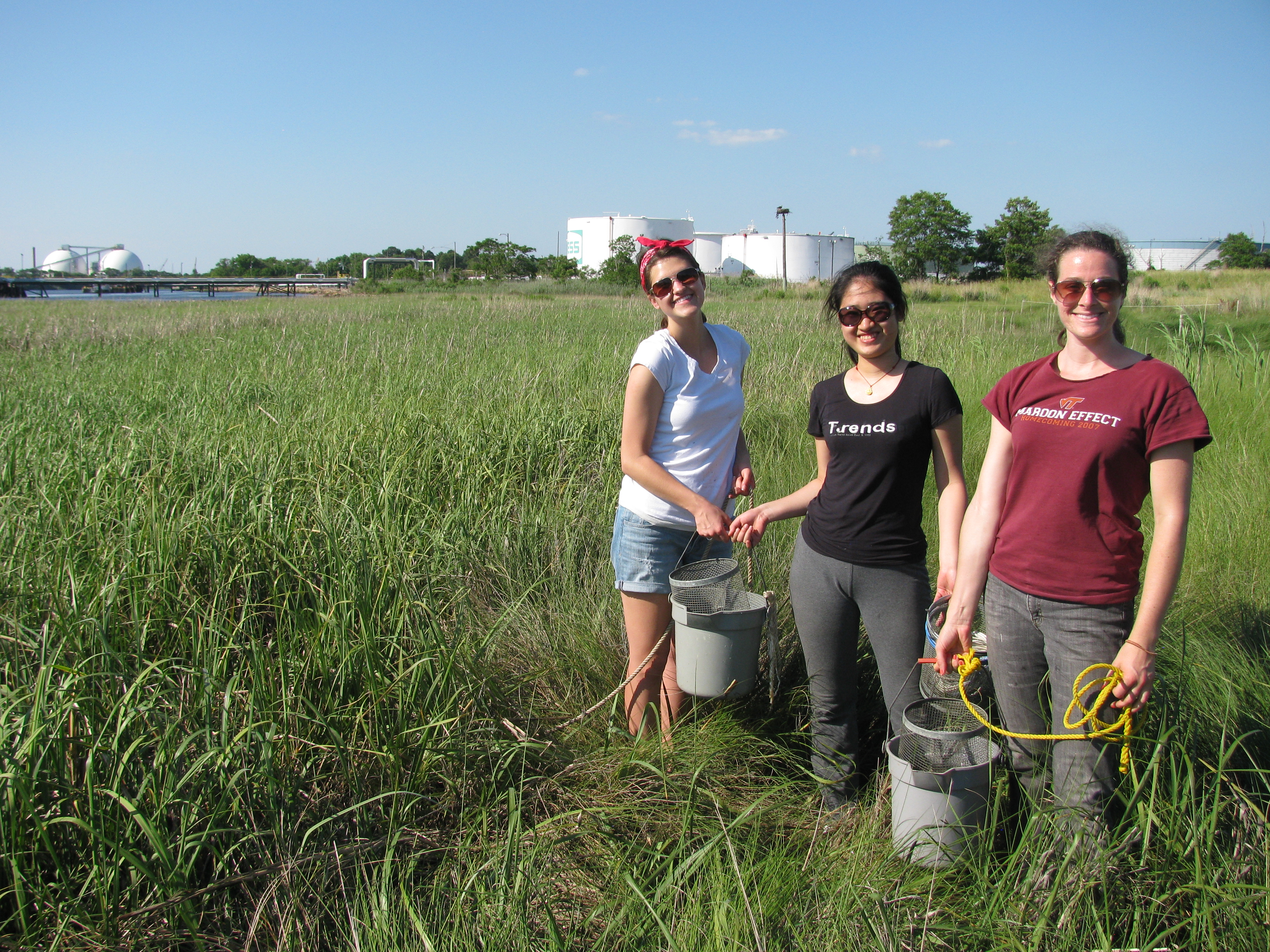
Last week, 11 of us from Duke attended the 2013 Superfund Annual Meeting, hosted by Louisiana State University and held right along the Mississippi River in Baton Rouge.
This year’s conference has been an opportunity to reunite with other Superfund Research Programs across the country and discuss the cutting-edge research from SRP institutions. The Superfund Research Program Annual Meeting is a small conference, with about 250 attendees this year. This intimate setting means that participants attend the same sessions and that faculty, post-docs, graduate students, and staff are able to mingle together.
It’s not just the intimate setting that motivates people to attend the Meeting year after year. It’s also a critical force driving collaboration between research projects and outreach. This collaboration is facilitated in a couple of ways. Each year, the Annual Meeting consists of oral sessions – or, science talks – and poster sessions which allow researchers and outreach staff from each center to connect their work to projects at other centers. Both sessions provide space for people to ask questions, have in-depth conversation, and see pretty pictures and graphs that might not be included in a typical journal article. This year, presentations covered diverse subjects connected by our common focus on environmental contaminants:
- The genes and molecular signaling pathways impacted by or involved in responses to contaminants such as metals, polycyclic aromatic hydrocarbons, and halogenated compounds
- The effects of real-world mixtures of pollutants
- Health and behavioral impacts of exposures
- How health responses vary from person to person
- Environmental distributions of and real-world human exposures to environmental contaminants such as arsenic
- Critiques of measurement methods and new method development, helping us more accurately and more efficiently measure toxic exposures and impacts
I’ve heard someone refer to the Research Translation and Community Engagement Cores as the “hand-holding, Kumbaya” crowd…Which may not be too far from the truth since each year at the Annual Meeting we have our own day either before or after the main meeting where we share ideas and learn about better ways to do research translation and community engagement. Here in Baton Rouge, we explored challenges and best practices for engaging with communities around toxic exposures, sharing research results with the general public, and integrating social and natural sciences to understand toxic exposures and communicate risk with the public.
The Duke crew had a solid presence in the oral and poster sessions:
– Laura Macaulay, PhD Candidate in Heather Stapleton’s lab, presented her research to an audience of 100+ people this morning. Her talk, titled “Early Exposure to Flame Retardant Metabolites Impairs Zebrafish Development” presented data on developmental and behavioral effects of exposure to PBDEs.
– Anthony Oliveri shared a poster titled, “Behavorial Impairment Caused by Acute Exposure to Firemaster 550 in Adult Zebrafish”
– Lauren Czaplicki presented a poster titled “Mycoremediation: An Innovative Remediation Technology to Treat PAHs under Harsh Environmental Conditions”
– Gretchen Kroeger talked to visitors about the Research Translation and Science Communication Course offered at Duke and taught by the SRP Research Translation Core team
– Savannah Volkoff shared information about the collaboration between Duke SRP and the Elizabeth River Project in Virginia, offering resources used to explain complex ideas such as “adaptation” and “fitness costs” to an audience of fourth graders.
Overall, the 2013 Superfund Annual Meeting has been a successful conference for trainees, faculty members, administrators, and staff! We’ve spent the past four days discussing the science conducted in our labs and best practices, so we can return home with useful information and new networks to improve our research and make it more applicable to a variety of audiences. See you all next year!





